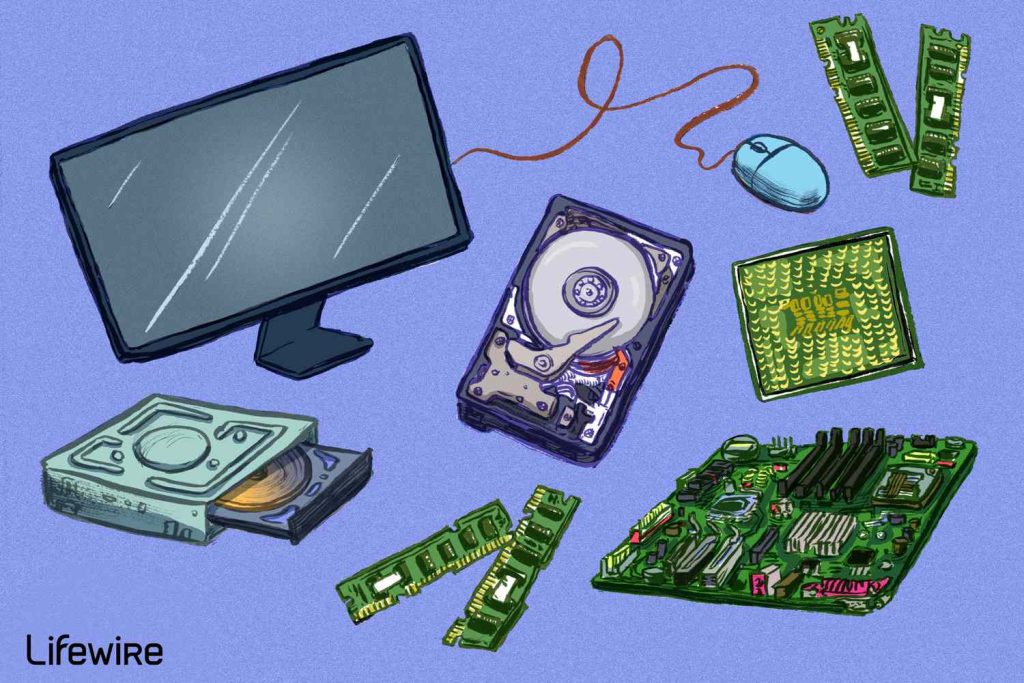Building Blocks: Understanding the Fundamentals of Hardware
Hardware encompasses the real components of processing systems, helping as the foundation for electronic engineering and innovation. From the simple abacus to the cutting-edge quantum pcs of nowadays, hardware has undergone an extraordinary development, pushed by developments in products technology, executive, and research theory. At their key, hardware comprises a diverse array of parts, including processors, storage modules, storage devices, input/output peripherals, and network equipment, each playing an essential role in the operation and efficiency of processing systems.
The quick velocity of technological development has resulted in the development of significantly effective and effective equipment solutions. Moore’s Law, which predicts that how many transistors on incorporated circuits can dual around every two years, has offered as a guiding theory for hardware growth, driving creativity and pushing exponential growth in computational capabilities. Consequently, contemporary hardware units can handle performing complicated calculations and executing advanced methods with unprecedented rate and efficiency.
One of the very substantial styles in hardware growth is the move towards parallel research architectures. Traditional constant control methods are increasingly being increased or changed by similar handling practices, which let multiple tasks to be performed simultaneously, resulting in substantial changes in efficiency and scalability. Similar computing is particularly well-suited for projects such as for instance scientific simulations, data analysis, and synthetic intelligence, wherever large datasets and complicated computations are common.
Still another critical section of electronics invention is the development of specific accelerators and co-processors made to offload unique computational tasks from the CPU. Design processing models (GPUs), like, are widely useful for accelerating artwork rendering and parallel handling jobs, while field-programmable gate arrays (FPGAs) provide freedom and programmability for a wide selection of applications. Now, there is a huge rising interest in neuromorphic research, which tries to copy the framework and function of the human head applying hardware-based neural networks.
As well as advancements in processing power and performance, electronics development has also centered on increasing power efficiency and sustainability. As considerations about climate change and environmental impact grow, there is increasing pressure on equipment companies to design products and services that digest less power and create fewer emissions. This has generated improvements such as for example low-power processors, energy-efficient information stores, and eco-friendly production functions, all directed at lowering environmentally friendly impact of research technology.
Safety is another critical consideration in electronics design, especially in light of the growing threats presented by internet attacks and information breaches. Hardware-based safety characteristics, such as for instance secure start mechanisms, electronics encryption, and respected software adventures (TPMs), help defend sensitive data and guarantee the strength of processing systems. Also, developments in hardware-based authorization and biometric sazeplus.com systems present new ways to improve security and privacy in digital systems.
As hardware remains to evolve and improve, it’s operating invention across a wide selection of industries and applications. From autonomous cars and clever devices to healthcare units and professional robots, electronics technologies are reshaping the way in which we live, perform, and interact with the world about us. With ongoing research and progress efforts pressing the limits of what’s probable, the future of electronics keeps tremendous assurance for continued development and innovation in the electronic age.

